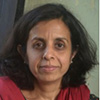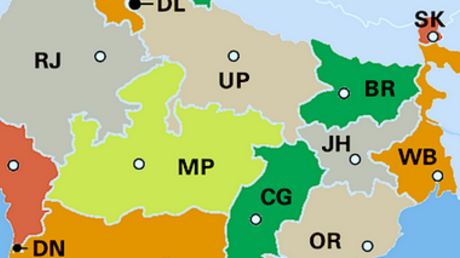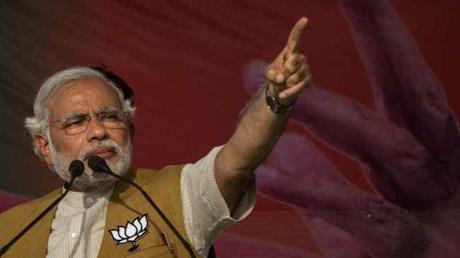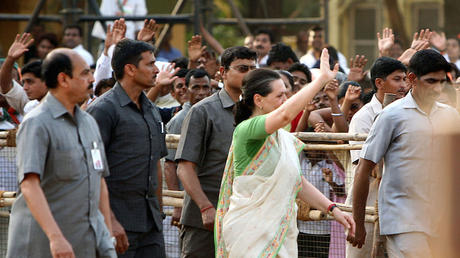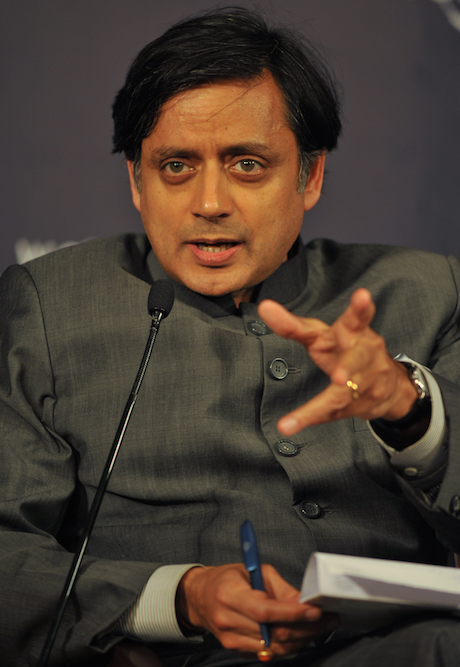
The Indian election caravan is slowly winding its way to key states and constituencies. In the third phase, 11 states and three union territories will see voting in 92 constituencies on April 10. This phase, featuring contests with several political heavyweights, includes Delhi, Haryana and Kerala, and parts of Bihar, Madhya Pradesh, Uttar Pradesh and Chhattisgarh. Of the country’s 815 million registered voters, 110 million can vote in this phase.
The big ticket contests for the seven parliamentary seats in Delhi are being seen as a test for the Aam Aadmi Party (AAP), which was extraordinarily successful in the December 2013 Delhi state elections and went on to form the government, even though it lasted only 49 days in office.
The Bharatiya Janata Party believes that popular support for AAP has fizzled. It has been out to prove that as a “serious” party, it is the only contender for the anti-Congress vote. Plus, it is banking on what punters describe as a “Modi wave”. The Congress, bruised by its defeat in Delhi, is also in the race, making it a three-cornered contest in all seven seats.
Among the candidates are Rajmohan Gandhi, a grandson of Mahatma Gandhi, who is contesting on a ticket from AAP, and Kapil Sibal, a minister in the outgoing government.
At the other end of India, the picturesque southern Indian state of Kerala will also vote in its 20 constituencies. The main contenders in this state are the Congress-led United Democratic Front and the Communist Party of India (Marxist)-led Left Democratic Front. Among the candidates are no less than six ministers in the outgoing government, including the suave and social media savvy Shashi Tharoor, who counts 2.41 million followers on Twitter.
Voting will also take place in 10 of 80 constituencies in India’s most important political arena, the state of Uttar Pradesh, including in Muzaffarnagar, where recent riots between Hindus and Muslims displaced thousands of people, and will likely split voting along religious lines.
In the other key state of Bihar, voting will take place in six of 40 constituencies. The six are in areas affected by the Maoist insurgency, necessitating the deployment of hundreds of paramilitary forces to ensure a smooth election. The contests in the state are mostly three cornered, between the BJP, an alliance between Congress and Rashtriya Janata Dal, a regional party, and the Janata Dal (United), the party that rules the state.
You can keep track of the key election dates and voting regions on our maps page here.


